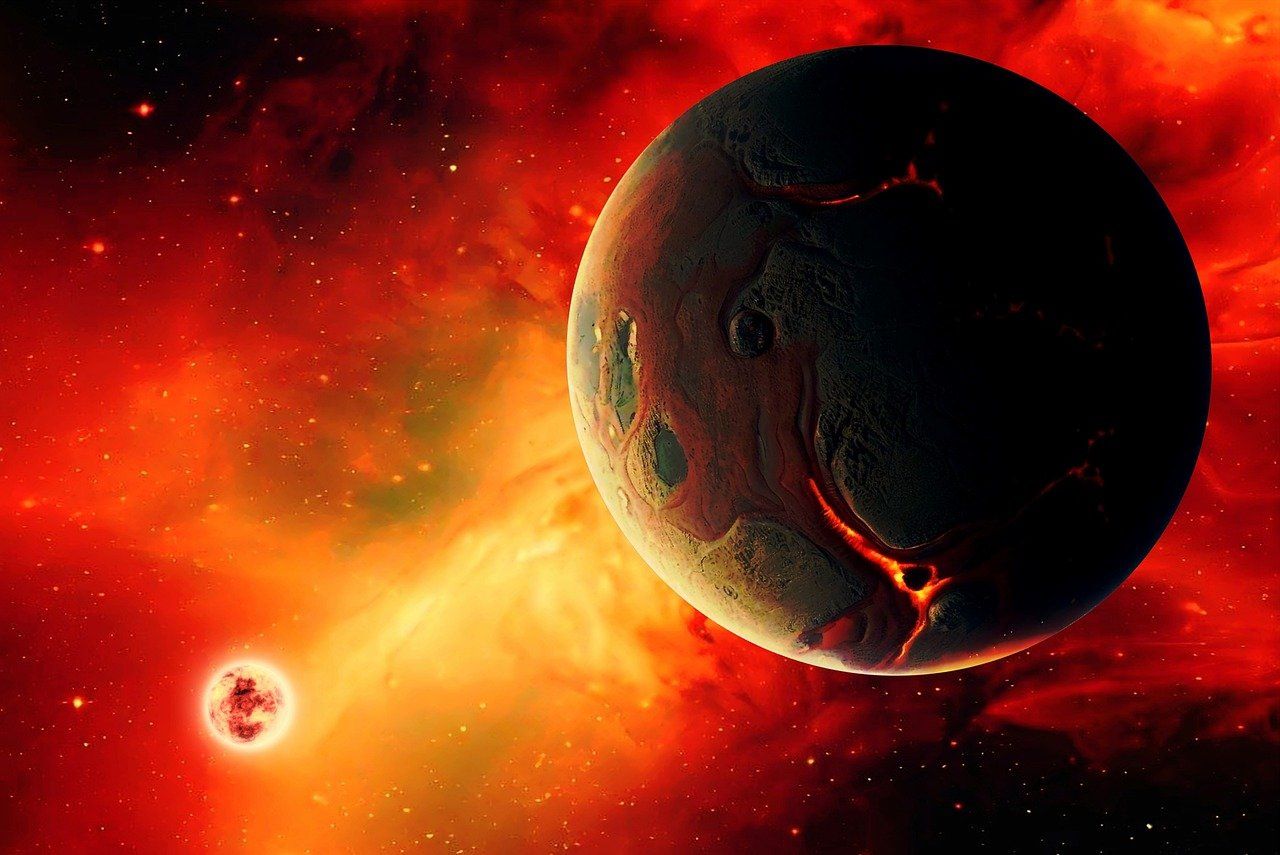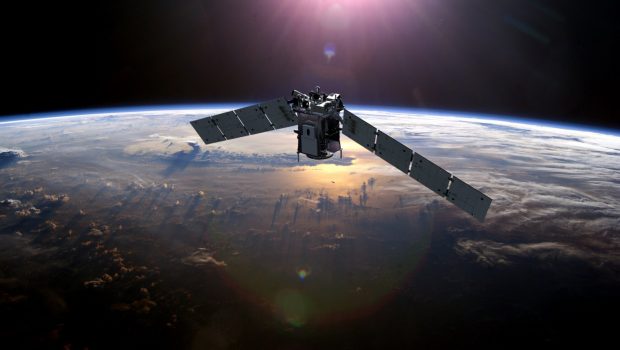
Ancient rocks in Greenland containing evidence of the Earth's habitability are believed to have been lost in earthquakes that caused plate tectonics. But 3.7 billion-year-old rocks have now been identified, providing evidence of the existence of magma oceans on Earth.
Hell on earth
Earth wasn't always a blue-green oasis of life in an inhospitable solar system. During the first 50 million years of our planet's life, about 4.5 billion years ago, its surface was an inferno of magma oceans, spewing hot material from the bowels of the Earth.
This was followed by cooling of the planet. These are magma oceans It crystallized and became solid rock. This was a crucial stage in the formation of our planet's structure, its surface chemistry, and the formation of its early atmosphere.
It was assumed that these primitive rocks, which contained evidence that could explain what happened on Earth during that period, had been lost. A team of scientists from the University of Cambridge has discovered the chemical remains of Earth's magma oceans in 3.7 billion-year-old rocks from southern Greenland. So scientists had the opportunity to obtain evidence from a time when the Earth was almost entirely liquid lava.
How were magma oceans formed on Earth?
Earth is a product of the chaotic early solar system, which is believed to have had a series of catastrophic collisions between Earth and other planetary bodies. The formation of the Earth culminated in its collision with a Mars-sized impactor, which also led to the formation of the Earth's moon about 4.5 billion years ago.
These cosmic collisions are thought to have generated enough energy to melt the Earth's crust and almost all of our planet's interior (the mantle). Consequently, huge amounts of molten rock were created that covered our planet's surface “magma oceans” Hundreds of kilometers deep.
By contrast, today's Earth's crust is quite solid and the mantle is considered a “hard plastic”: it allows slow, viscous geological movement away from the liquid magma of the Earth's early mantle.
As Earth recovered and cooled after chaotic collisions with other planets, magma oceans crystallized and solidified. Thus began Earth's journey to become the planet we know today.
Volcanic gases emitted from Earth's cooling magma oceans may have been instrumental in creating and shaping the atmosphere that supported our planet's early life.
Geological survey
It is extremely difficult to find geological evidence for this early state of molten rock and hot magma on Earth. This is because these events likely occurred more than 4 billion years ago. Many of these rocks from that period have been lost due to the movement of tectonic plates.
Although rocks from this period no longer exist, their chemical traces may still be stored deep underground. The hardened crystals will be from the Earth's cooling period So dense that they may sink to the base of the mantle. Scientists believe that these mineral remains can be stored in deep isolated areas where the boundary between the Earth's mantle and its core lies.
If they exist, these are ancient crystals “Cemeteries” It is inaccessible to humans. They are too deep for scientists to sample. If these magma ocean crystals reach the Earth's surface they will undergo a process of melting and solidification. Thus, they will leave only traces of their origin in the volcanic rocks that reach the Earth's crust.
Tracks in rocks 3.7 billion years old
Cambridge University scientists knew that Greenland would be a good place to look for traces of Earth's ancient past. The samples they took came from the Isua supercrustal region in southwest Greenland, an area popular with geologists.
At first glance, the Isua rocks look like any modern basalt you would find on the bottom of the sea. However, these rocks are among the oldest in the world. It is estimated to be between 3.7 and 3.8 billion years old.
In the analysis of Iswa rocks, The scientific team discovered unique iron isotope signatures. These fingerprints indicate that the mantle region from which the rocks were formed was subjected to very high pressure, at a depth of more than 700 kilometers below the Earth’s surface. It was there that minerals formed during the crystallization of the magma ocean were found.
If these rocks did indeed bear traces of a crystallized magma ocean, how did they find their way to the Earth's surface? The answer lies in how the Earth's interior melts, creating volcanic rocks on the planet's surface.
Melting rocks
When regions of the Earth's semi-solid mantle heat up and melt, they dynamically rise into the atmosphere Earth's crust, Igneous rocks are produced when magma reaches the surface and begins to cool. By studying the chemistry of these rocks on the surface, scientists can understand the composition of the material that melted to form them.
The isotopic composition of the Isua rocks revealed that their journey to The earth's surface It involved several stages of crystallization and remelting in the planet's interior. That is, they went through a kind of distillation process on their way to the surface. But the rocks that emerged in present-day Greenland still retain chemical fingerprints linking them to Earth's past when it was covered in magma.
“The results of our work provide some of the first direct geological evidence for the signature of magma ocean crystals in volcanic rocks found on Earth's surface. Now, we would like to understand whether other ancient volcanic rocks around the world can tell us more about past magma oceans on Earth, or whether we… We have found a geological oddity: this is a unique case. said Cambridge University scientist Helen M. Williams.
Scientists will now look at other similar areas of high geological interest, such as volcanic eruptions in Hawaii and Iceland. Their goal will be to discover its chemical effects Earth's ancient past. It is possible that more primitive rocks will be found in the future that could help scientists better understand the period when the Earth was covered in magma.

“Total alcohol fanatic. Coffee junkie. Amateur twitter evangelist. Wannabe zombie enthusiast.”





More Stories
It even predicts an asteroid impact on Earth
Rumor: We learned how much TeraFLOPS power the Nintendo Switch 2 will have!
When will humans disappear from Earth? The world's first supercomputer simulation provides the answer